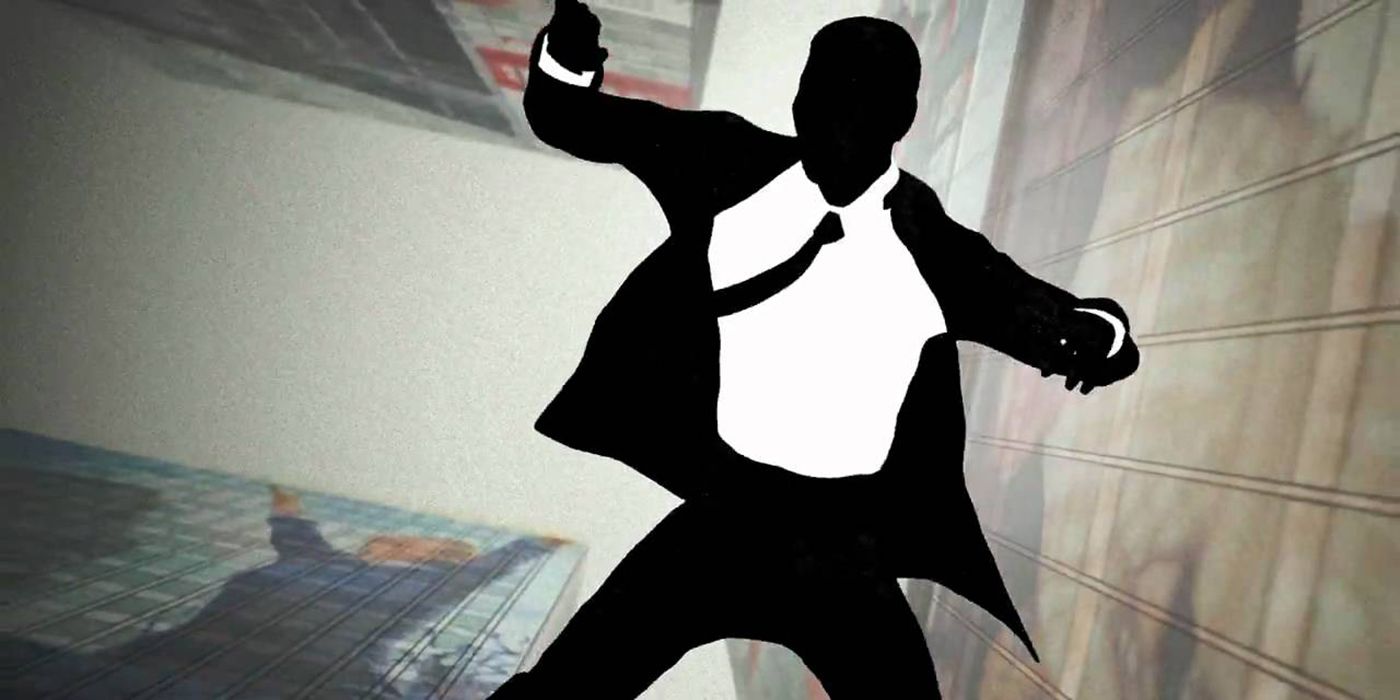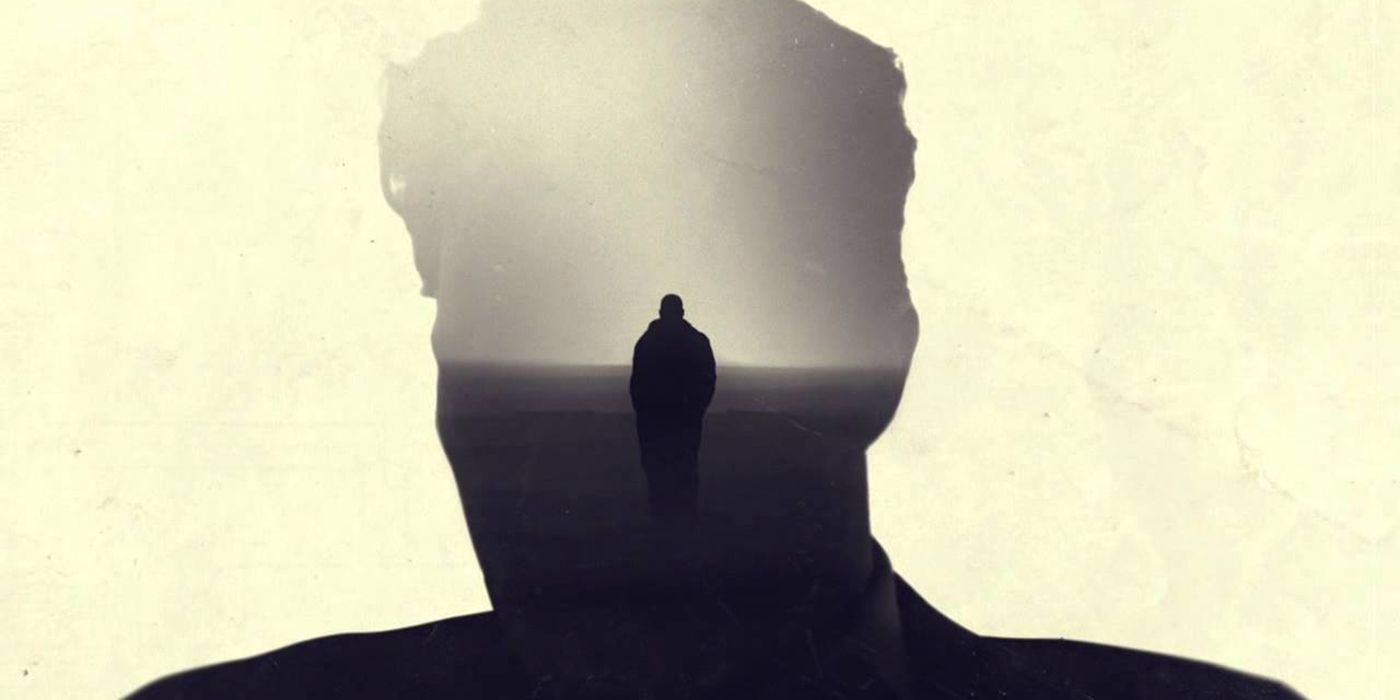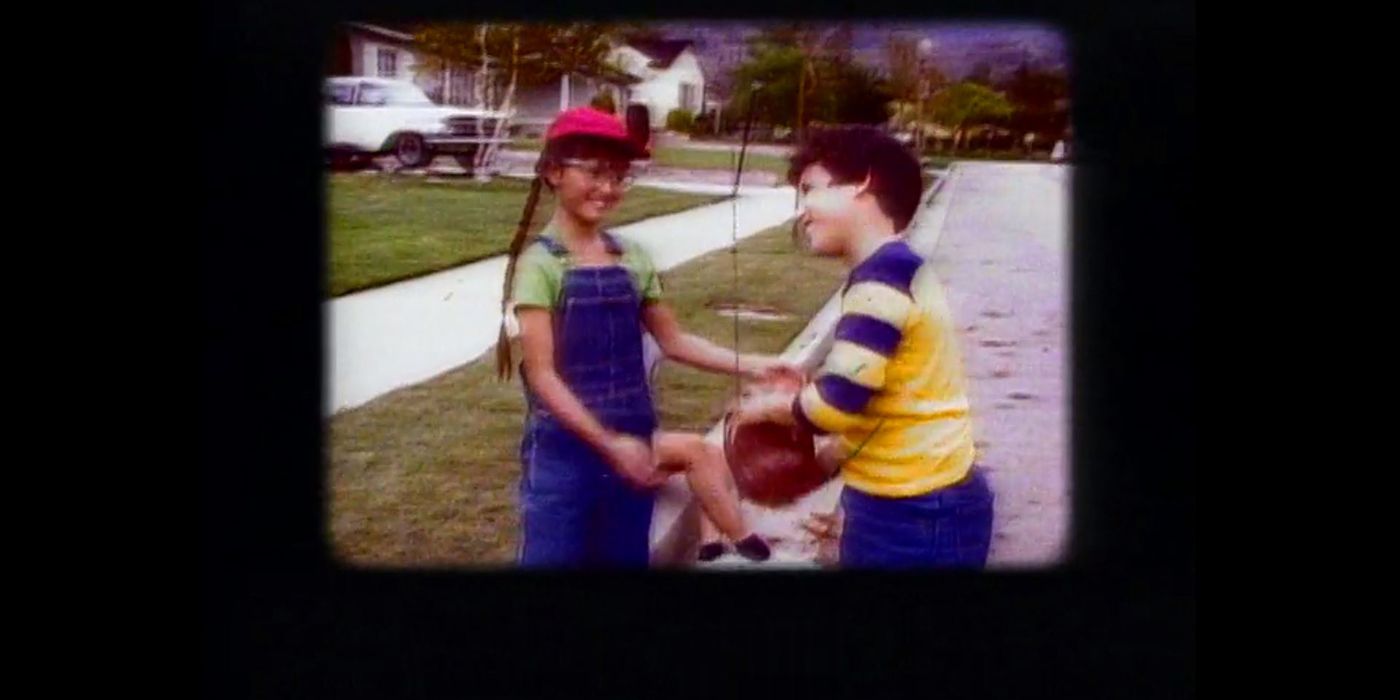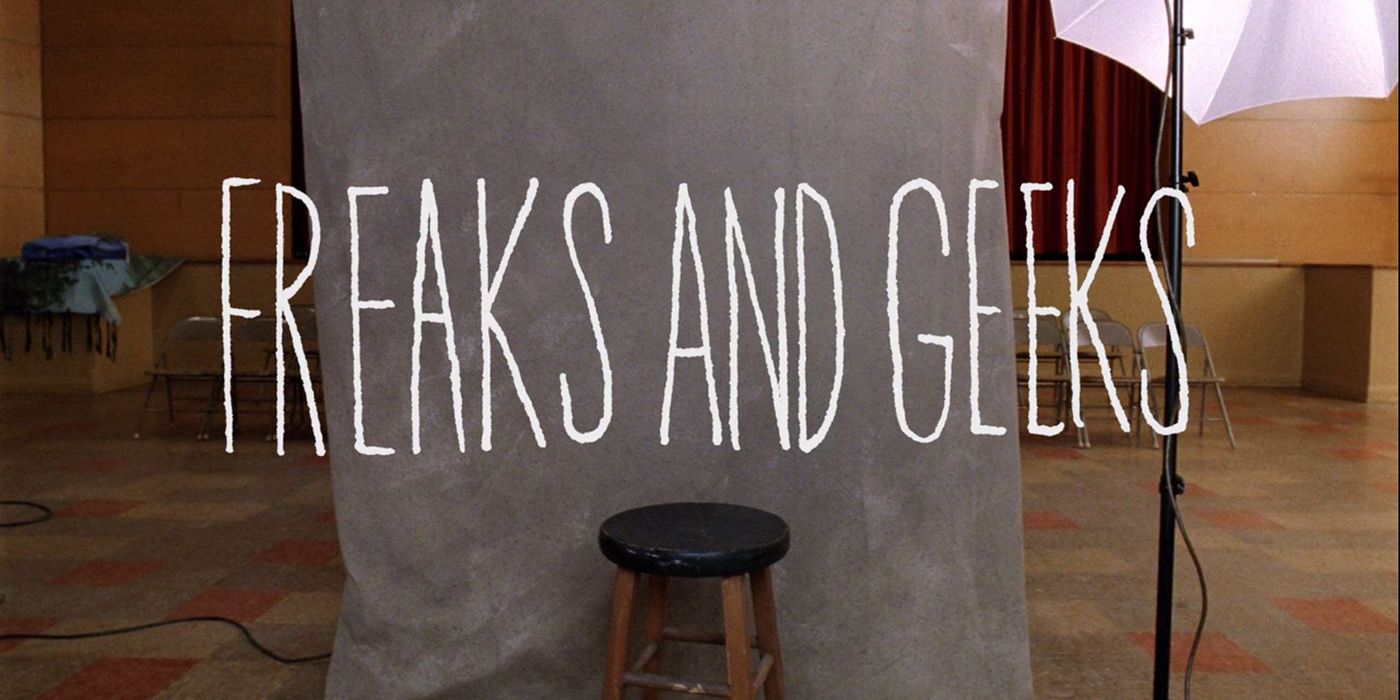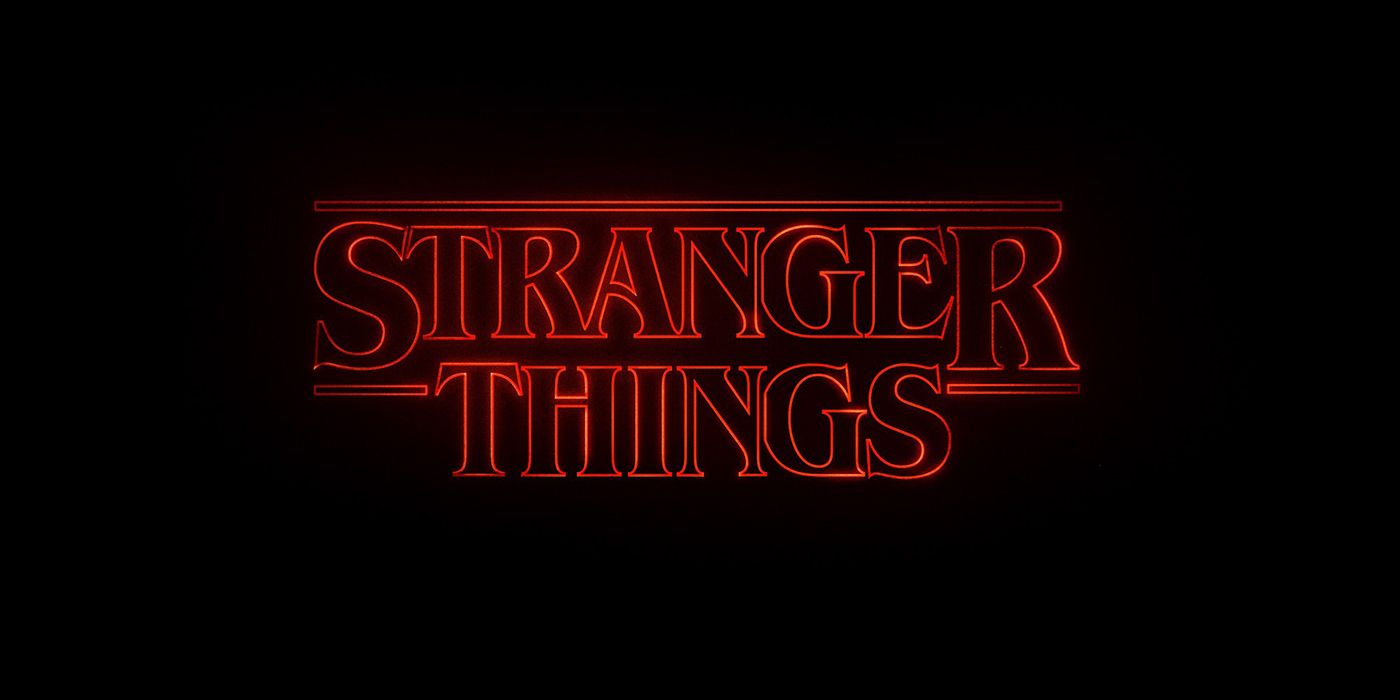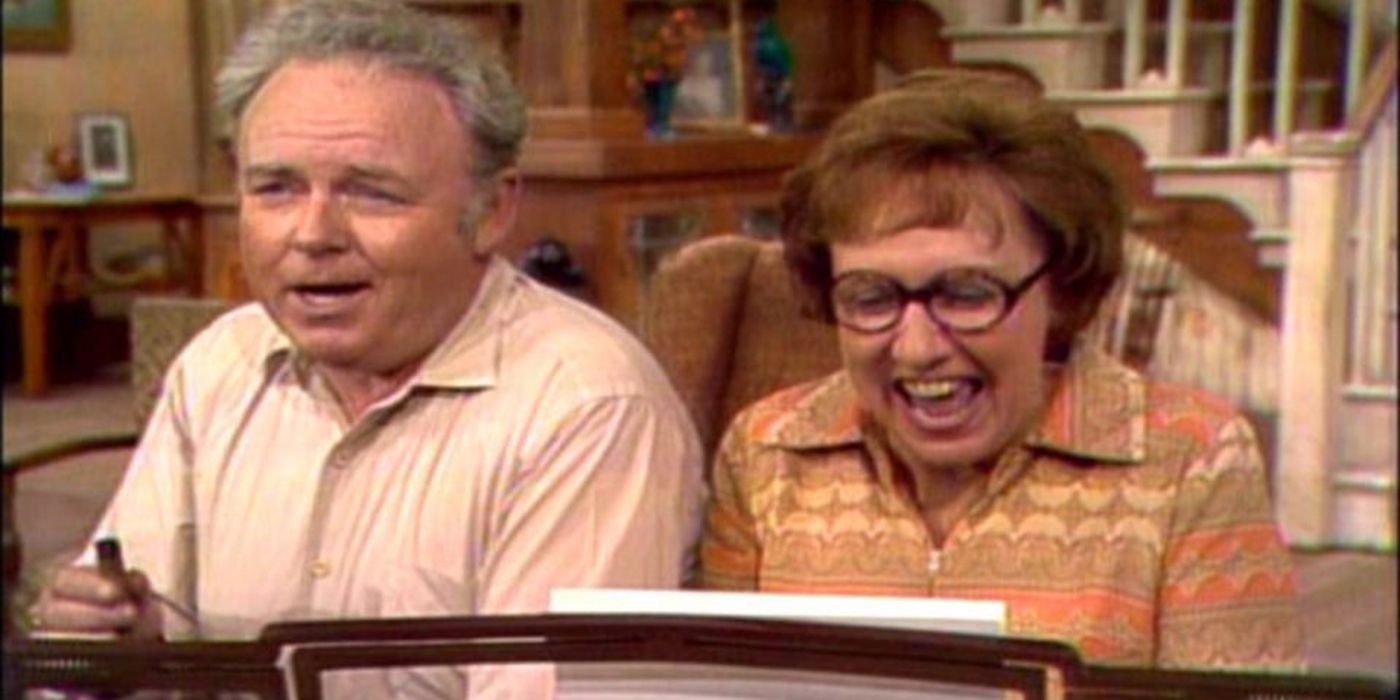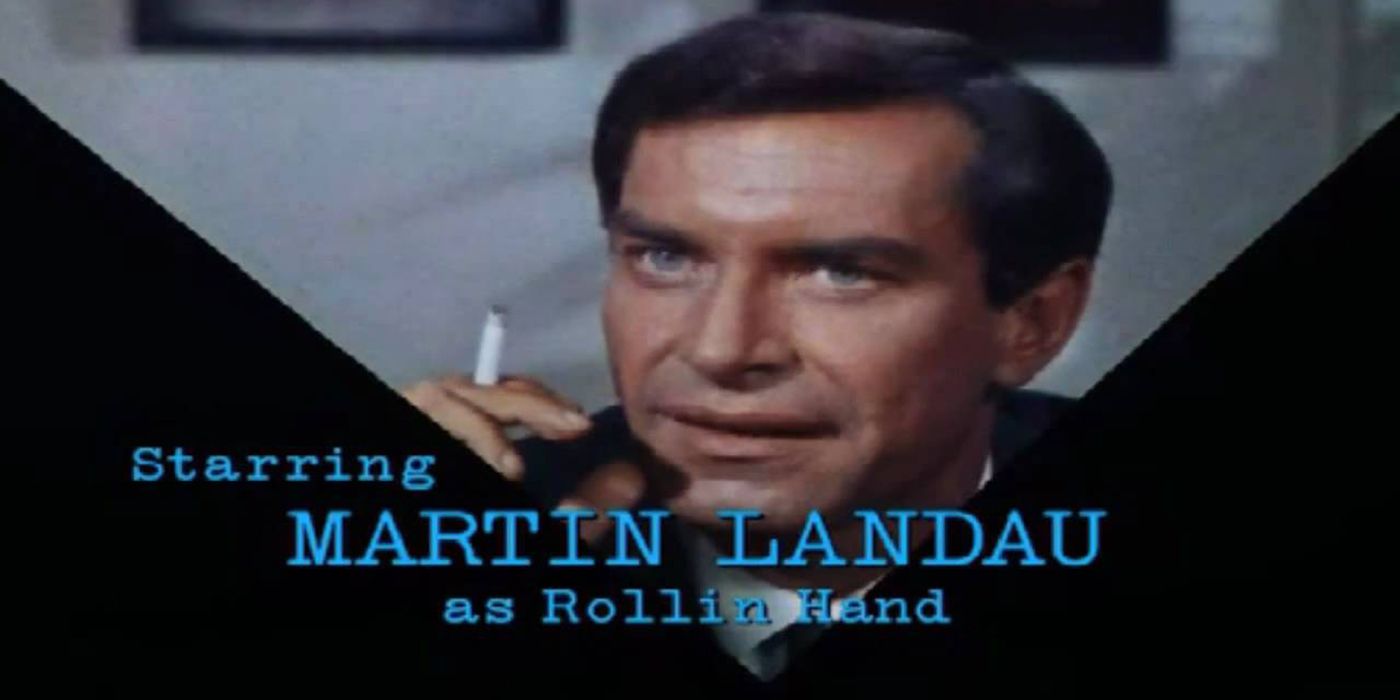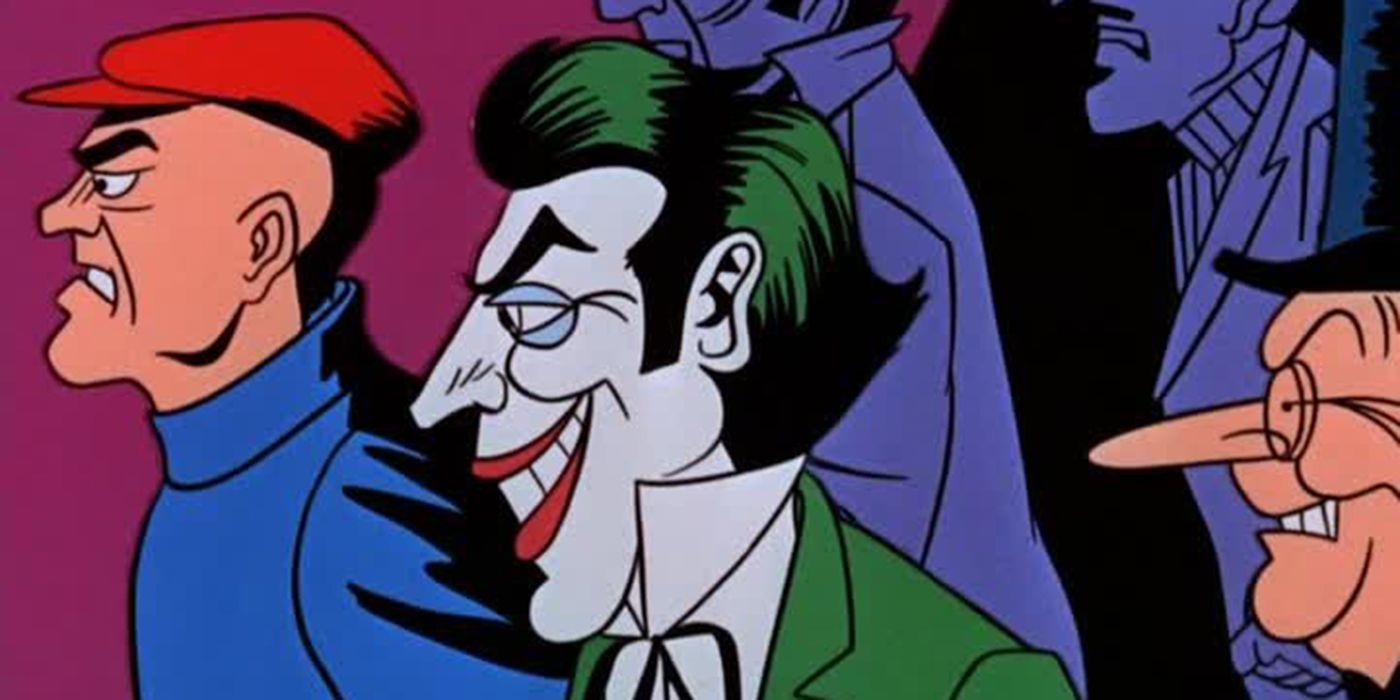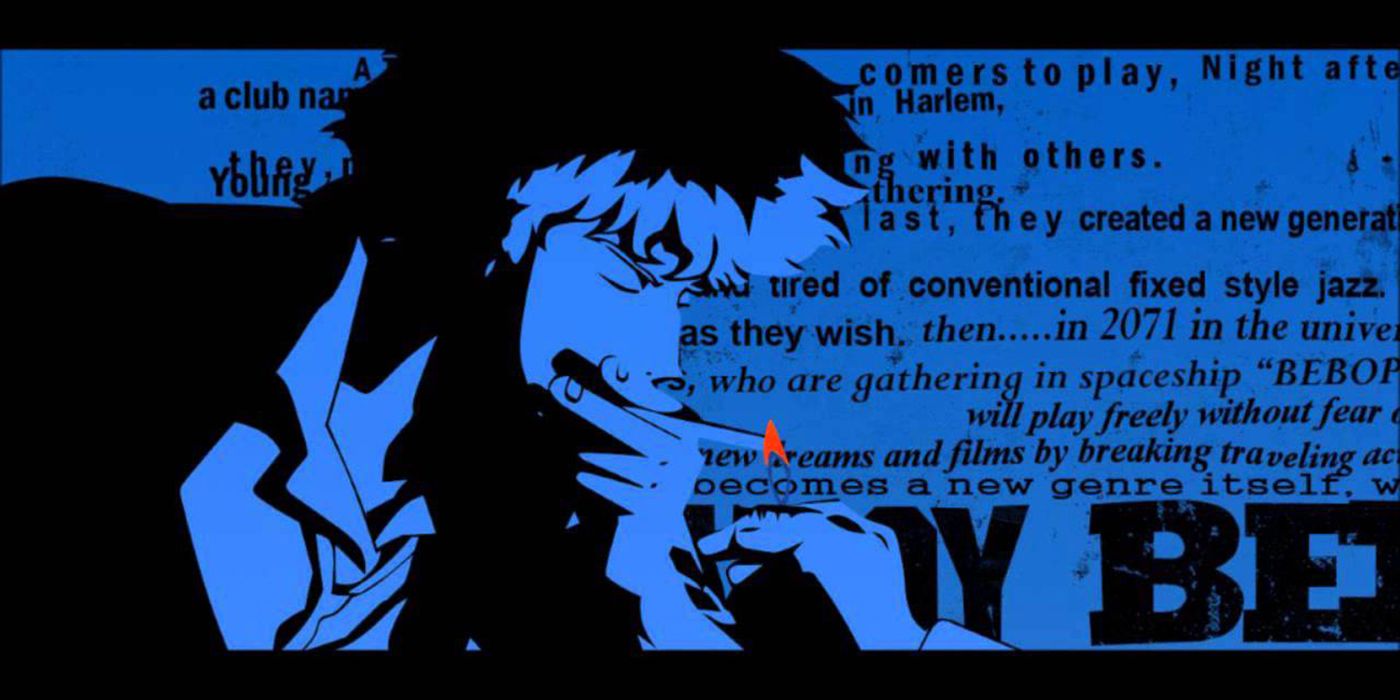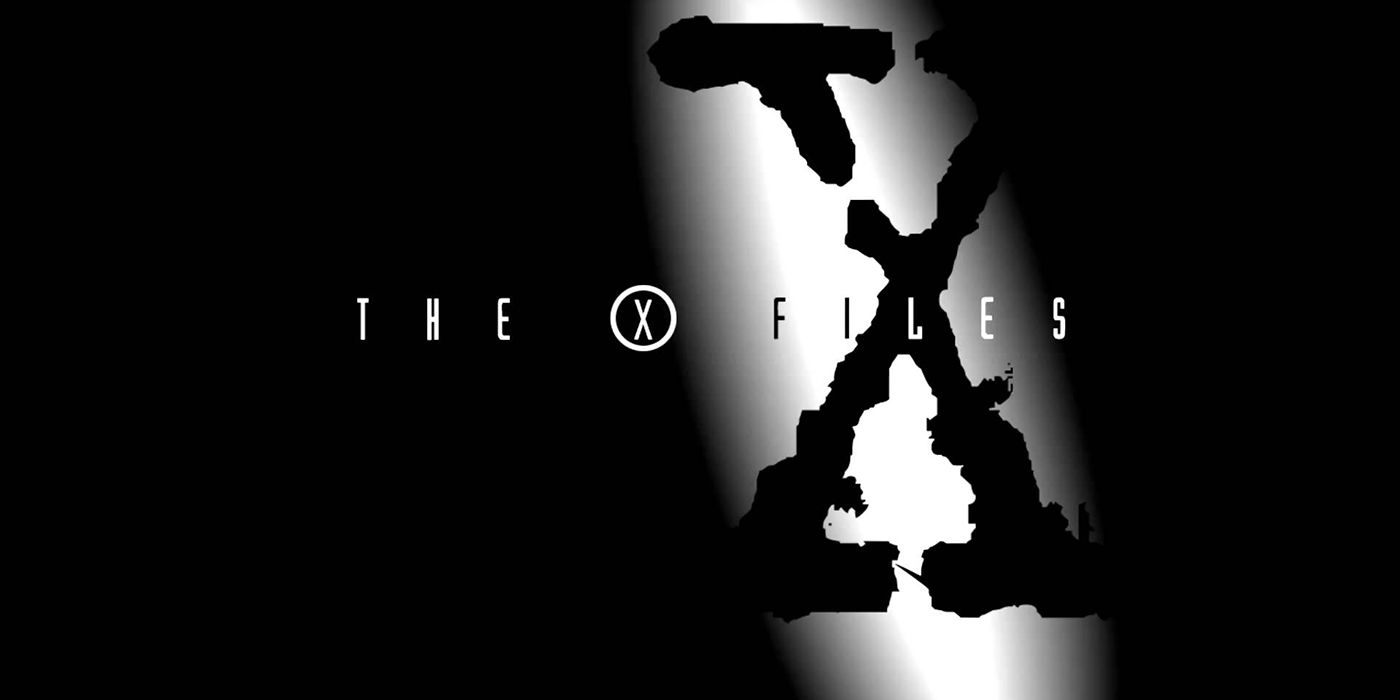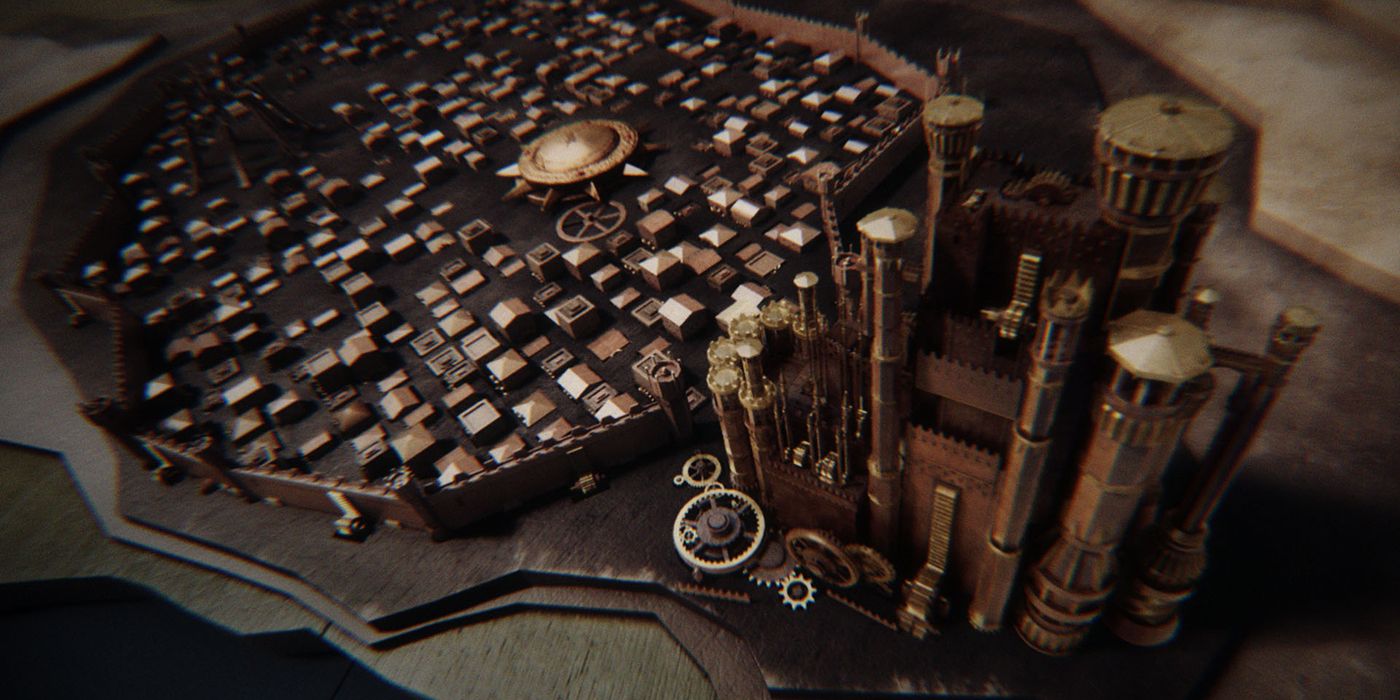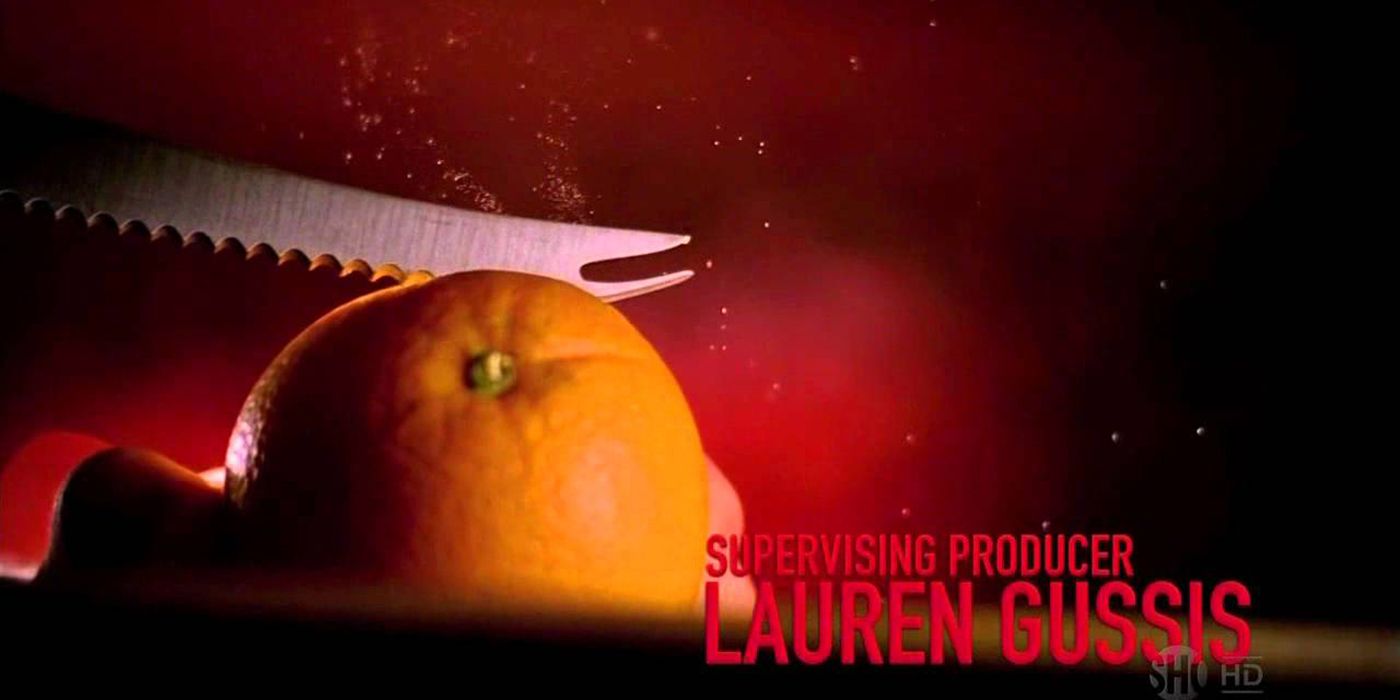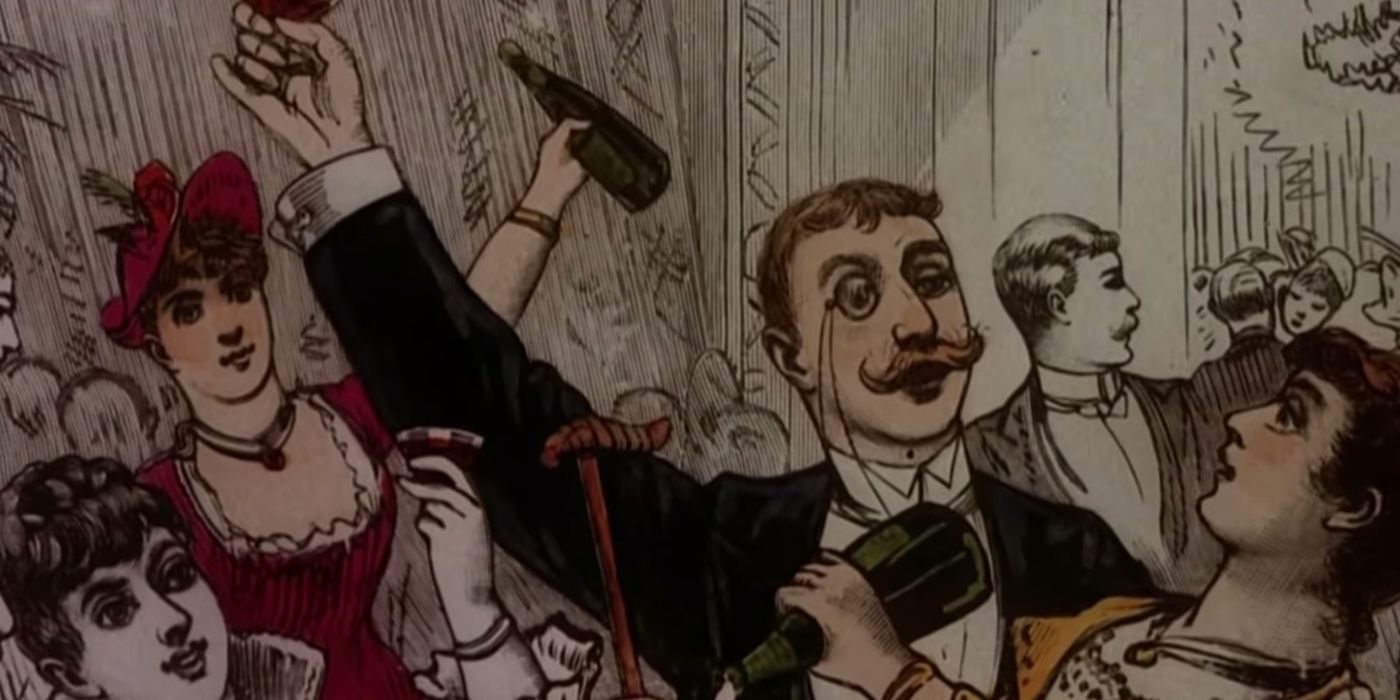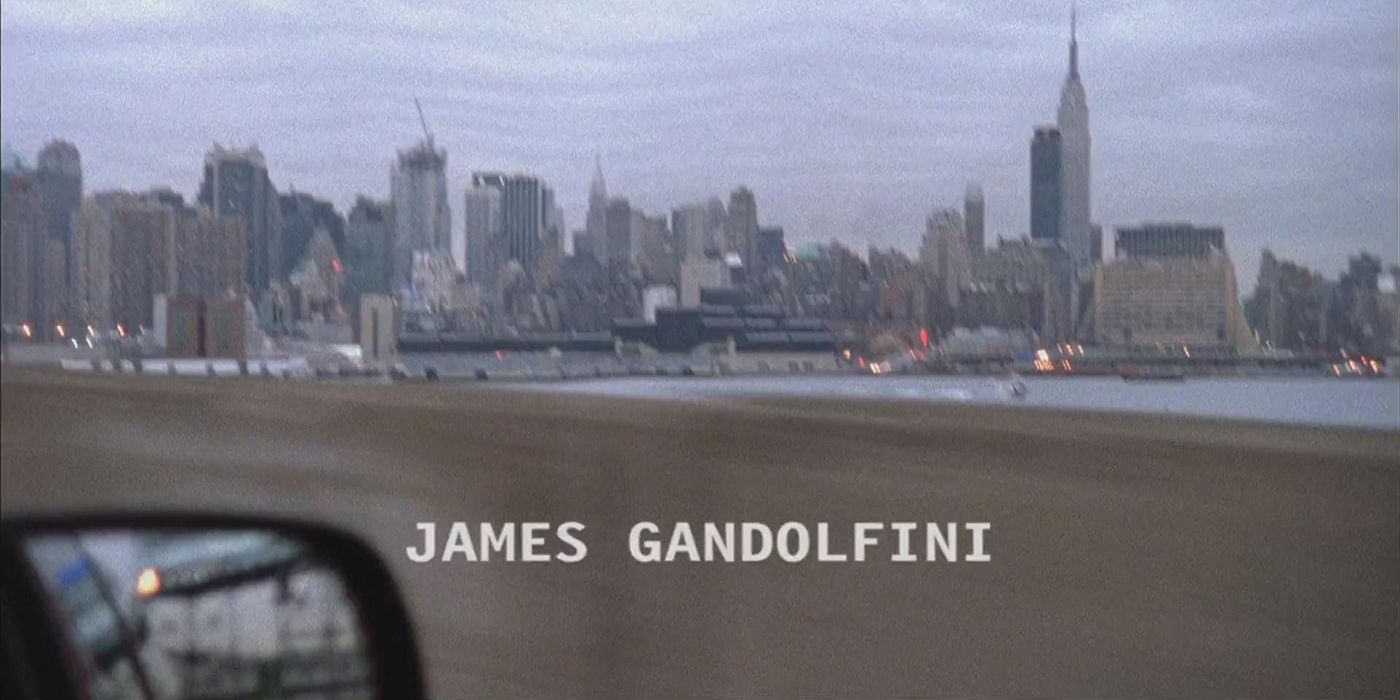How long does it take for you to know if you’re going to keep watching a TV show? A few episodes? A season? If either of those answers apply to you, then you’ll probably be pleased to know that you are one of the patient ones. For many people, the amount of time it takes for them to know whether or not they’re going to bother watching a show is mere minutes. It's why show producers figured out a long time ago that every part of a show, even the opening credits, has got to be designed to hook people in.
While that is still the prevailing logic in the television world, some shows have realized that the once static nature of the opening title sequence can be something so much more. They can be a hook for sure, but there is also room for the credits to help not only establish the identity of the upcoming show in under a minute but, in some cases, forge their own identity that becomes as iconic as the show itself. In this golden age of compelling title sequences, it is far too easy to take for granted how masterful these segments truly are. It’s time to change that.
Here are the 15 Greatest TV Opening Credit Sequences.
15. The Wonder Years
Any discussion about the greatness of The Wonder Years’ opening credits is ultimately going to come back to Joe Cocker’s iconic cover of The Beatles’ classic "With a Little Help From My Friends." His crooning voice converts the song from a slightly disheartening melody about a down and out person getting by to a triumphant song that just makes you feel as if anything is possible. It’s the main reason why the start of every Wonder Years episode is likely to bring a smile to your face and why any version of the intro that is missing the song just feels wrong.
However, that tune is not the only thing The Wonder Years intro has going for it. This credit sequence's usage of home video style shots featuring the show’s major characters isn’t unique, but then again, neither is The Wonder Years. What separates both the show and its intro footage is how real they are. Every moment captured in this show’s intro could have easily been lifted from the video archives of our parents. It’s that quality, more than even the incredible song, that is so often responsible for that silly grin the opening causes.
14. Freaks and Geeks
Freaks and Geeks was almost destined to fail. It wasn’t necessarily more intelligent than any other show on the air, but it was trying to use network television as a vessel for a rather smart show that accurately portrayed a fairly apathetic demographic. Its target audience wasn’t tuning in enough to justify the series sticking around, and it seemed that most casual viewers who tuned in to see what the show was all about just weren’t interested in sticking around long enough to become regulars.
Despite the low ratings, Freaks and Geeks has since gone on to find a considerably large cult audience, which is fortunate if for no other reason than it means the show’s incredible intro has worked its way back into pop culture. Joan Jett’s "Bad Reputation" serves as the score to a series of increasingly awkward yearbook photo attempts that actually manage to tell us pretty much everything we need to know about our primary characters without anyone ever actually saying a word. That’s no small feat for any TV show, much less one that features as many unique personalities as this one.
13. Stranger Things
As the most recent entrant on this list, there will no doubt be some who will argue that it is too soon to consider Stranger Thing’s opening sequence to be one of the best ever. After all, there have been many shows in recent years that sport incredibly slick openers that ultimately just kind of fade away into irrelevance after the initial hype dies down. Stranger Things feels different from those shows, though, and a big part of the reason why seems to be that this particular sequence feels like it was specifically designed to be timeless.
Heavily inspired by the films of John Carpenter and his ‘80s contemporaries, this intro manages to scratch an itch that many film and television fans didn’t even know they had. It harkens back to a bygone era of electric sounds and neon colors, but somehow, it manages to not come across as a cheap imitation. Everything from the font choice of the title to the movements of the letters as they come together feels authentic and perfectly sets the stage for a show that’s equally blessed with charm.
12. All In The Family
Though incredibly tame by today’s standards, you have to remember that All In The Family was once America’s premier source of television controversy, aside from perhaps the nightly news. At a time of incredible social and political change, as well as an ever-expanding generation gap, All In The Family became one of the first shows to directly address the issues that most families in America were already talking about anyway. While it was an ensemble show, the star was undoubtedly the curmudgeonly Archie Bunker, a man who was simply unable to get with the times.
It’s funny, though. For as unlikable as Archie Bunker could be most of the time (well, at least depending on your world views), you kind of forever love him based on his piano performance in this title sequence. Although the song he’s singing is ultimately a validation of his controversial political beliefs, he and his wife sing it with such genuine affection that you can’t help but continue to kind of love the guy every time you hear it. Combine that with the way the music intersects with scenes of the seemingly peaceful modern world, and you’ve got something special.
11. Mission Impossible
In the ‘60s, television shows slowly started to resemble movies. This was far from a coincidence, as movies were still seen as the gold standard of visual entertainment, and the prevailing logic was that if television was ever going to stand a chance at matching the success of films, they were going to have to be able to provide viewers with a movie-like experience that they could enjoy from the comfort of their own homes. This meant more realized stories, better production values, and in a few cases, a couple of presentation tricks.
One of the best examples of that last strategy is the title sequence for Mission Impossible. Mission Impossible was designed to be television’s equivalent of a James Bond film, so naturally, the show needed to look like a James Bond film wherever possible. While it wasn’t possible for every episode of the show to match the budget of a Bond film, it was possible for Mission Impossible’s intro to look like the trailer for a James Bond film. This opener’s iconic burning fuse and pulse-pounding score serve to enhance a series of tantalizing clips that never fail to make you think “Man, this is going to be a great episode.”
10. Batman (1966)
When Batman hit televisions everywhere in 1966 with all the force of a “Kapow!” accompanied Batman right hook, the world at large wasn’t nearly as enamored with comic books as it is now. In fact, the only other TV show of significance based on a comic book that was released before Batman is the Superman serial that ran throughout the ‘50s. It was dangerous business to rely on a superhero show to become a big hit, and that’s especially true of a series that so clearly celebrated its comic book roots right from the start of the credits sequence.
Actually, for as much flak as this show catches from some for its campiness and stark contrast from the modern portrayal of Batman, you really do have to appreciate how gutsy it was for the showrunners to start every episode with a heavily stylized series of comic book visuals in an era when comic books were not a license to print money. Even now, it's hard not enjoy its lovably ridiculous theme song and the way it brings the Golden Age of comics to life.
9. Cowboy Bebop
If you’re an anime fan, the last thing you probably ever want to hear about are anime clichés. There’s no shortage of generalizations out there as it concerns what the typical anime is like, and most of them revolve around the classic notion of strange Japanese culture. It’s why a popular topic among curious non-anime fans is what anime they should watch first in order to better understand their appeal. It’s a question typically answered with Cowboy Bebop.
Whatever that curious fan is expecting when they first sit down for an episode of Cowboy Bebop, it’s probably nothing like the show’s title sequence. Dubbed “a new genre unto itself” by its creators, Cowboy Bebop's intoxicating cocktail blend of westerns, noir, detective stories, and action is on full display during its opening sequence. Here, a jazzy tune sets the mood for a series of stylish images presented largely through the lens of a single color. Just when you think you’ve nailed down the genre it's trying to emulate, some new and fantastic visual invades the screen and once again leaves you wondering what this undeniably stylish show could possibly do next.
8. The X-Files
The X-Files is rarely the same show week to week. One episode may follow Mulder and Scully as they investigate sightings of the deadly Jersey Devil, while the next is a comedic affair that involves fear toxins and deadly cockroaches. That variety is a major reason behind the show’s greatness, but it must have made it a real pain for the creative team to design an intro that would somehow be able to perfectly introduce the upcoming episode no matter what it may be about.
They absolutely nailed it in the end, of course. The intro’s montage of unexplainable images, seemingly random words, and oddly uncomforting shots of FBI badges is completely nonsensical, but that’s kind of the point. If the primary goal of a show’s title sequence, besides listing the major actors, is to give you a highly-stylized, albeit brief, glimpse at the show you are about to enjoy, then The X-Files' opener must be considered one of the greatest of all-time for the way that it somehow manages to still capture the very spirit of a show that would only proceed to become more inexplicable as it continued.
7. Game of Thrones
Game of Thrones is a television epic the likes of which older generations could have ever only possibly dreamed about. Actually, for that matter, it’s the kind of adaptation of a complicated book of fantasy novels that those who read the books could only have ever dreamed about. While it’s hard to blame the writers for choosing to begin the show with a cold open that revealed the threat beyond The Wall, it’s also easy to believe that just as many people that enjoy the show now would have stuck around even if each episode didn't begin with this incredible title sequence.
Taking viewers on a tour of Westeros during the credits may seem like an obvious choice in retrospect -- given how much this world and its various factions factor into the story -- but the decision to portray Westeros as some kind of elaborate toy machine is simply genius. The meaning of that visual as it pertains to the machine of war slowly being built at around this time in Westeros’ history is part of its brilliance, but honestly, the greatness of this one has more to do with the sheer visual spectacle of the thing along with the auditory satisfaction of that perfect theme. The Grammy-nominated composer, Ramin Djawadi, has enjoyed an absolutely fantastic career so far, but this is easily his best and most iconic work.
6. Mad Men
Don Draper’s life is a lie. The impressive extent of that lie is not revealed until much later into Mad Men’s run, but, even in the beginning, it doesn’t take audiences long to realize that this man who sits high above the real world in an executive office drinking whiskey and moving up the corporate ladder is not someone that you might typically refer to as genuine. Then again, he does deal in the business of advertisements and, therefore, is at least some kind of dealer of false information.
The lies of Don Draper’s personal life and the lies of his profession come crashing together in this title sequence. Utilizing many of the same color palettes and drawings that advertisements of that era used, this sequence shows Draper’s (or a man very much like him) world crashing down amidst a tidal wave of visual suggestions. Brilliantly, the entire thing ends with a shot of our executive calmly staring out into the void as if to suggest that we have just looked into the mind of the outwardly calm Mr. Draper.
5. Dexter
Fun fact: Dexter’s famous intro is not the show's original intro. The original (which you can check out here) is a decidedly darker affair. Its music is much darker, its visuals are more disturbing, and the feeling of watching a serial killer go about his average day is more pronounced. It presents Dexter as much more of a villain than the final version does, despite the fact that both iterations share the same, basic concept.
Yet, the final build still feels superior. Dexter may be a very, very bad human being, but he’s still a human being. It’s an idea that the proper intro excels at conveying. Here is a bonafide serial killer shaving his face, making breakfast, and picking his clothes. He does whatever anyone else may do at the start of their day, but every little piece of his routine suggests something much more sinister. This intro isn’t necessarily trying to inform you that Dexter is a serial killer so much as it’s trying to plant the idea in your head that something isn’t quite right with what you’re watching. Repeat viewers will understand what’s happening immediately, but first-time watchers are left feeling indescribably fearful.
4. Cheers
Cheers is a show about a bar. You can spin the description anyway you’d like to factor in all the elements that make Cheers the classic that it is, but at the end of the day, it’s a show that focuses on a Boston bar and its regular group of problematic patrons. In many ways, a show about a bunch of people that seem forever stuck hanging out at a dive bar drowning their worries in alcohol should be a pretty sad premise. What helps keep Cheers a wellspring of eternal joy, however, is that iconic credits sequence.
In fact, you could argue that heading out to the bar has never been more appealing than it is during the Cheers' title sequence. Much like The Wonder Years, the biggest reason this scene works as well as it does is because of that incredible theme song, which may very well be the best in TV history. However, there is something to be said about the exclusive use of old-world photographs of bars. It invokes a sense of timeless belonging.
3. True Detective (Season One)
Given that an HBO show still to appear on this list helped to create the template of the modern, hyper-stylish credits sequence, anyone that tunes into one of the network’s programs tends to expect something special. Even still, it’s almost impossible to anticipate the brilliance of True Detective’s season one opener. The designer of this sequence, Patrick Clair, once said that he immediately knew what he wanted to do with this segment after hearing the basic plot of the show. Clair speaks of trying to create living photographs by employing double exposure photography to bring about visuals that invoke a dream-like sensation of glimpsing into a different world.
The technique is fascinating, but it’s almost more believable to imagine that this sequence wasn’t created by a team at their computers, and rather emerged naturally from the depths of one person's tortured mind. In a way, this sequence gives us a full preview of everything that is to come this season. Rather than a show like The Wire that overtly uses that method, however, the true meaning behind the images shown in this intro can only be appreciated after you’ve seen the entirety of the series a few times and are willing to do some rather deep character analysis.
2. The Sopranos
The Sopranos did not invent the idea of a stylish title sequence. It wasn’t the first show to start every episode with a hook disguised as a rundown of the primary cast (not even close) and it wasn’t even the first show to show the journey of its main character back home from work (even The Flinstones did that). Yet, The Sopranos’ title sequence is rightfully recognized as one of the most innovative of its kind in television history because of the way it helped push the concept of the minimalist intro to the forefront.
If you think about it, The Sopranos’ intro gives you almost no information about the show itself. It’s just a guy driving through New Jersey, presumably on his way back home. There are no hints that this guy is a mob boss, or really any indication whatsoever as to the type of person he may be. Despite all this, the sequence works because it is, in and of itself, a compelling and expertly shot mini-movie that initially alerts you to the fact that you are about to experience something a little different.
1. The Simpsons
We’ve seen a lot of different ways a show can feature a compelling title sequence throughout this list. Some choose to simply show you all of the main characters in their natural habitat, some give you a glimpse at nearly everything that is to come, and some are essentially their own standalone production. What makes The Simpsons' opener so special is that it is an entire episode unto itself.
The Simpsons wasn't the first show to employ this technique. Other cartoons, even, namely The Jetsons, pulled off the exact same trick. It’s not really a matter of innovation in this case so much as it is the execution. The average Simpsons intro only lasts about a minute and a half, but, in that time, it not only shows you every member of the family, but allows all of them to complete an actual story arc loaded with character details and fun little touches. Of course, what ultimately makes The Simpsons' intro so special is that is that it's never really the same episode twice. From the opening blackboard text to the infamous ending couch gag, this is one intro that you’re guaranteed to watch every single time, because it’s always just a little different.
---
What's your favorite credit sequence of all time? Let us know in the comments.

